-
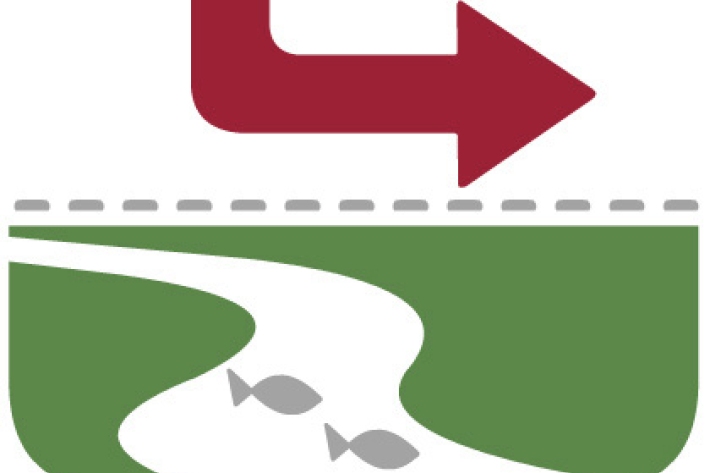
Mitigation
Simple steps to minimise the effects of infectious substances on water quality and mahinga kai. -

Mitigation and best practice options
Here are some simple steps to minimise the effects of forestry activities on water quality and mahinga kai. -
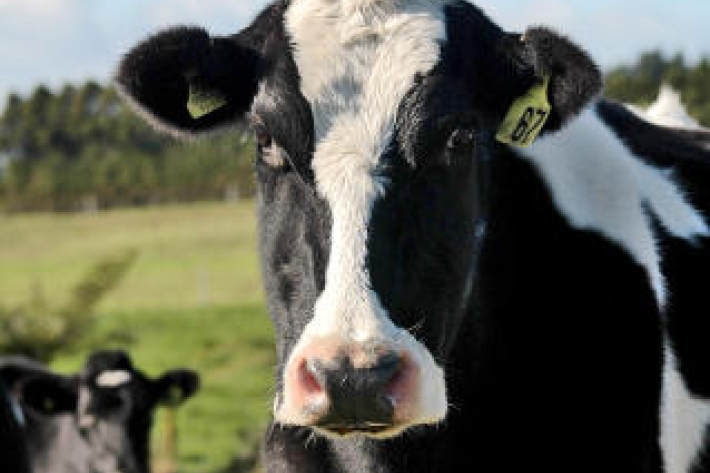
Dairy
Dairy farms produce milk and milk products that supply both the domestic and the overseas export markets. -

Ngā Waihotanga Iho - Iwi estuarine monitoring toolkit
Research ProjectNgā Waihotanga Iho, the estuarine monitoring toolkit for Iwi, has been developed to provide tangata whenua with tools to measure environmental changes in their estuaries. While Ngā Waihotanga Iho is based on sound science principles, it is also underpinned by tangata whenua values. -
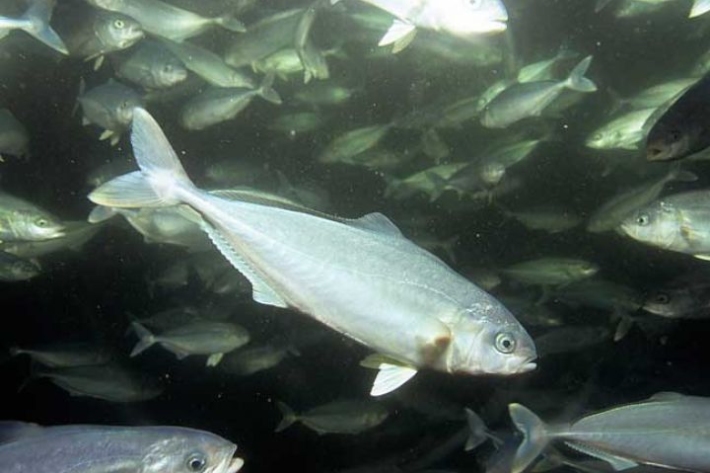
Mātauranga Māori and sustainable management of New Zealand fisheries
Research ProjectUsing a collaborative case study approach, the aim of this project is to assist tangata whenua to bring together different, yet complementary knowledge systems - distinct Māori knowledge and conventional fisheries and ecosystem information. -
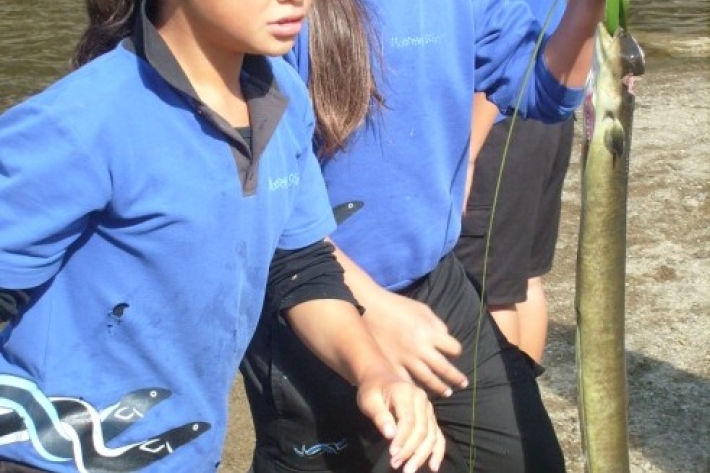
Te Kūwaha tools and resources
NIWA is constantly developing new tools and resources for use by specific stakeholders, communities, and schools. -
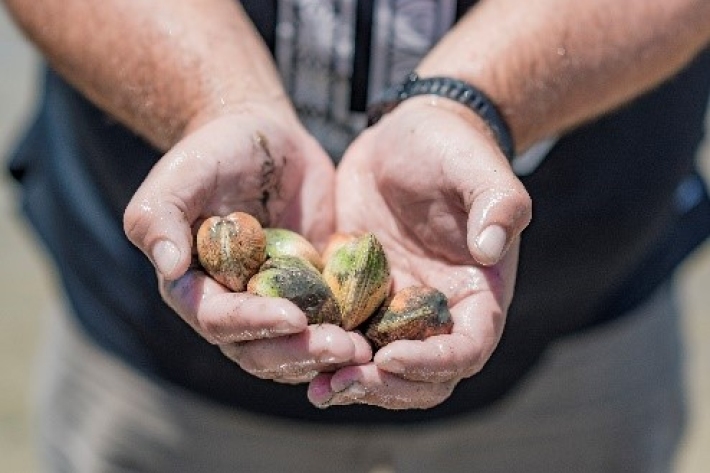
Te Kūwaha services
Māori worldviews are based on centuries of observation and anticipation of their physical and social environment and can be used to inform a wide variety of environmental research. -

Background on traditional and modern use of tau koura
Tau koura was the favourite traditional fishing method for harvesting lake koura and involved resting bundles of bracken fern fronds on the lake bed for koura to take refuge in and then retrieving the bundles into a canoe to harvest the koura. -

Monitoring koura
New Zealand lakes and ponds often have large populations of koura or freshwater crayfish.
